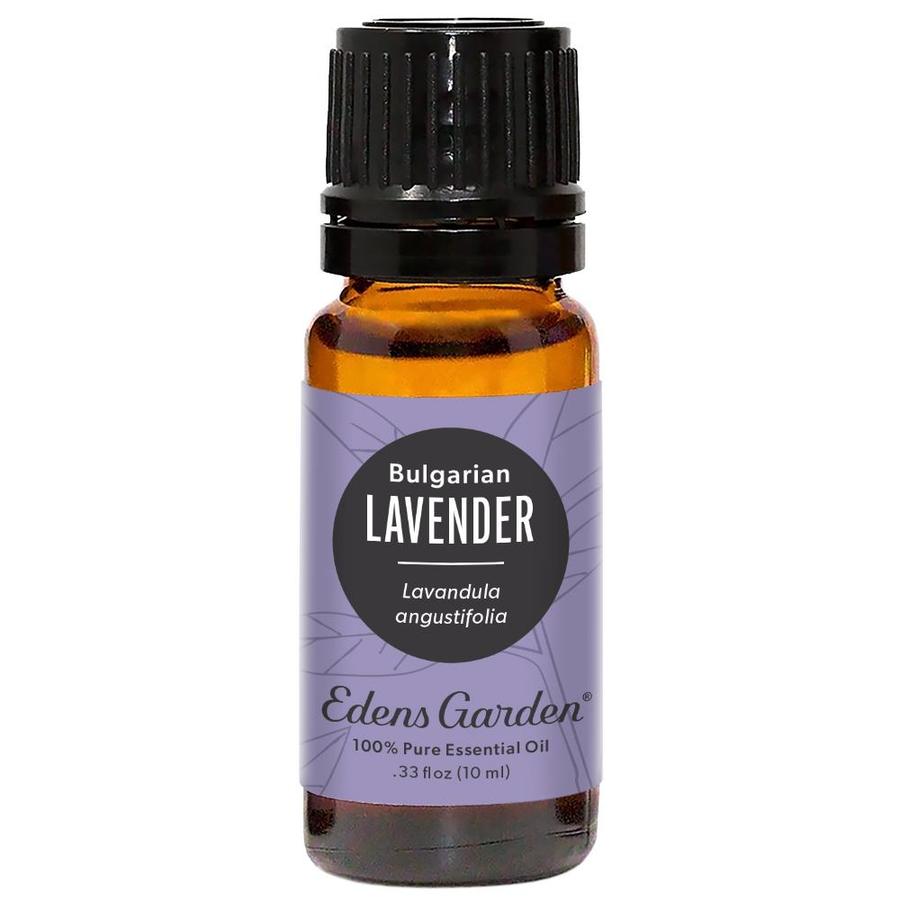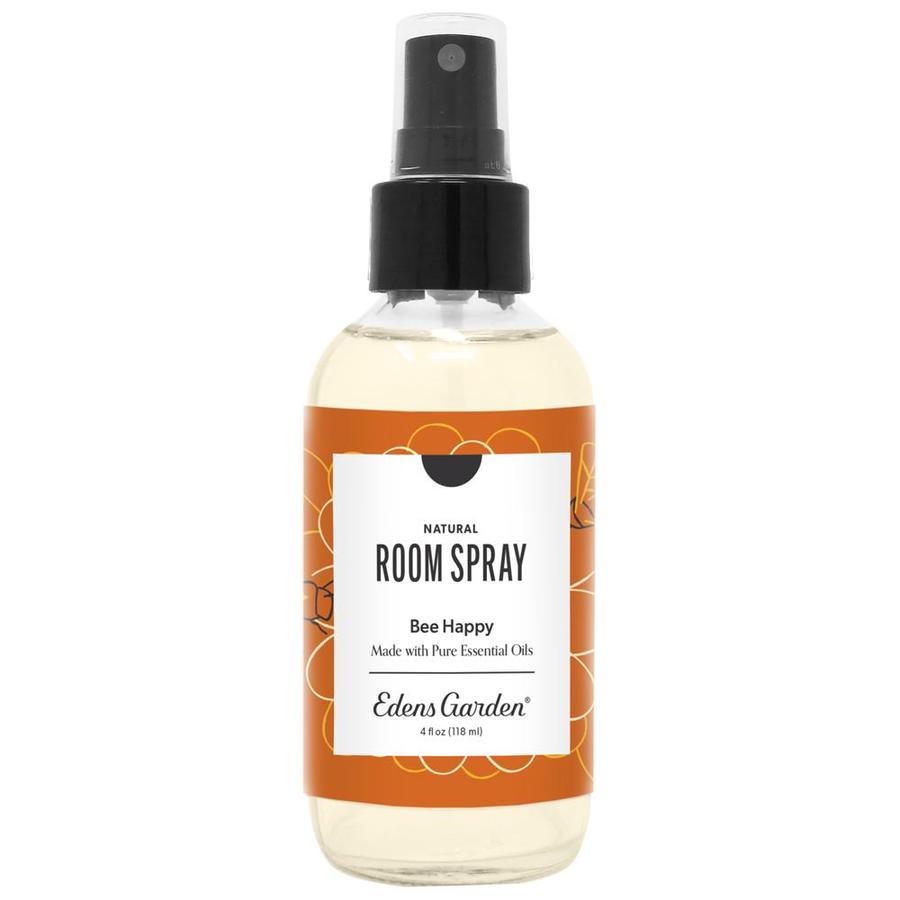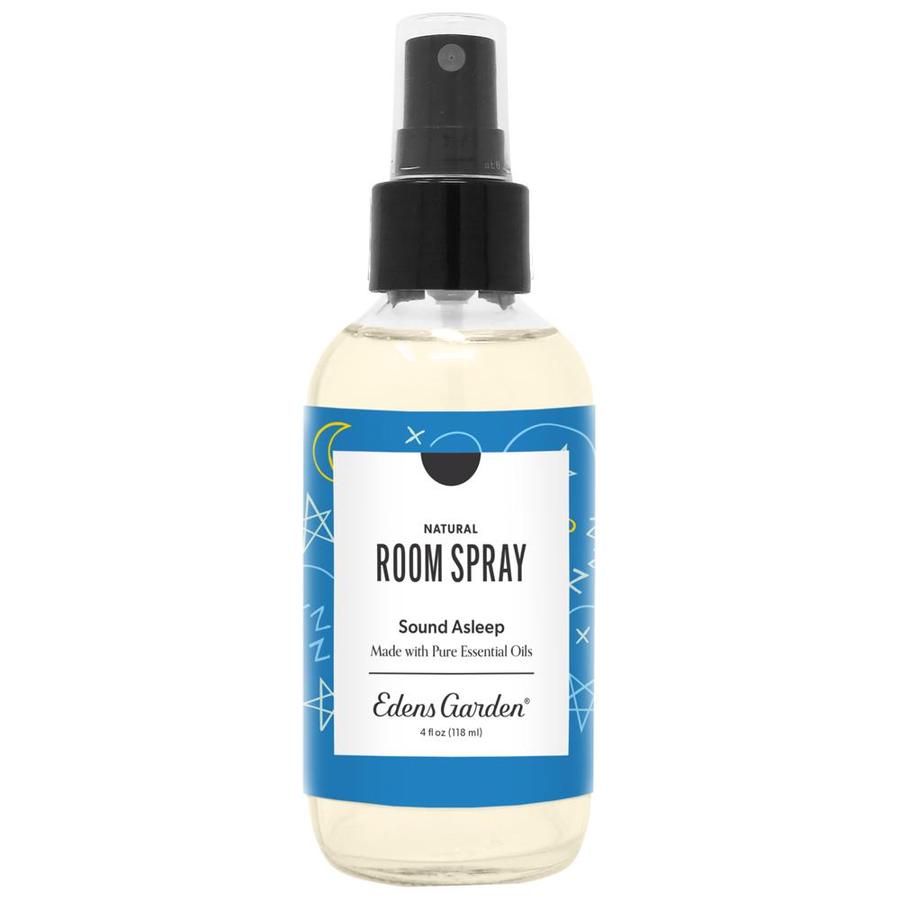Can Kids With Autism and ADHD Benefit From Essential Oils?

If you’re the parent of a child with an autism spectrum disorder or a child with ADHD, you may have tried many different treatments to help support your child’s everyday needs. One method of supporting your child’s needs that’s supported by research is incorporating aromatherapy into their routine.
If you’ve ever wondered how kids with autism and ADHD benefit from essential oils, then let this be your guide. We’ll also cover what research shows about aromatherapy, autism and ADHD. Read on to learn more.
Essential Oils & Autism
There are many characteristics of autism that generally revolve around the way a person communicates with others and how they experience the world. Here’s how pure essential oils can support your child.
Hypersensitivity & Hyposensitivity
People with autism often experience sensory sensitivity in the form of hypersensitivity or hyposensitivity to stimuli such as aromas, colors, sounds and textures.
A study from the University of California Irvine found that children with autism and their parents had positive improvements with the use of essential oils. Parents incorporated essential oils such as Lavender, Lemon and Vanilla into their children’s baths, in massage and by having them smell the oil.
If your child experiences over-stimulation, it may be best to have them start by inhaling a diluted single oils such as:
-
Bergamot
-
Grapefruit
-
Clary Sage
Each of these oils have a calming effect and mood-boosting properties which can help your child slow down and become centered. By diluting the oil, you take the edge off the potency of the pure oil, thus making it more palatable to your child.
On the other hand, if your child experiences hypo-stimulation, you may want to give them the opportunity for an enhanced sensory experience by providing them materials with different textures, sounds and sights. Try also having them inhale a blend of oils at full potency, such as:
-
Calm ‘Em Down
-
Bee Happy
-
Up & At ‘Em
In both cases, have your child smell each oil individually in a comfortable and peaceful environment. Through body language or speech, allow them to tell you which oil they prefer and don’t be discouraged if they don’t enjoy the options presented to them.
Sleep
One area that many parents struggle with is getting their child to sleep. Here are some essential oils that have helped numerous parents and children:
Sleepy Head
A blend of soothing Lavender, Frankincense oil, Chamomile essential oil and more, Sleepy Head has been helping kids get better sleep since it was first released. Its herbaceous and gentle aroma helps ease kids into sleep faster while encouraging a full 8-hours.
Sound Asleep
A dreamy blend of florals and herbs, Sound Asleep has an intoxicatingly smooth aroma that helps kids (and adults) fall asleep, stay asleep and wake to feel well-rested.
Both blends are available in an oil for diffusion and a roll-on for convenient topical use. Before bed, diffuse either oil for about 30 minutes before your child’s bedtime or apply to your child’s clavicle as their bedtime nears.
A warm, nightly bath alone can also improve sleep quality. Add either of these blends to a warm running bath by combining 3 drops of the oil with 2 tbsp of Fractionated Coconut oil or body wash.
Good Behavior
Deep breathing and mindfulness exercises are often supported by professionals as two methods of helping your child maintain good behavior.
To practice deep breathing, instruct your child to inhale deeply until their lungs are filled with air, then hold their breath in for 3 seconds and breathe out through their mouth. Practice this for a few minutes throughout the day or as needed.
Mindfulness exercises promote centeredness and increased awareness. To practice mindfulness, go on walks with your child and have them focus on sounds as you walk in silence. Alternatively, have your child close their eyes as they sit comfortably. Ring a bell and instruct your child to raise their hand once you stop ringing the bell. Then have your child focus on the sounds around them for a few minutes.
Along with these exercises, diffuse a blend such as Breathe In, Breathe Out or Focus, Focus, Focus to help promote a peaceful atmosphere.
Essential Oils & ADHD
ADHD is characterized as inattentiveness and hyperactivity. It is believed that 6.1 million U.S. children have ADHD.
A research study on essential oils and children with ADHD found that in most cases, parents who used aromatherapy to help their child with ADHD noted significant improvements, especially when used in conjunction with mindfulness techniques, counseling and behavioral therapy.
Many mental health providers today believe that ADHD in children may be linked to anxiety and stress caused by a child’s environment–this may be chaotic home life, big life changes or leaving one’s home, caretakers and comforts to start school in a classroom. According to the CDC, 3 in 10 children with ADHD also have anxiety.
If you believe your child has ADHD, try having them inhale one or a few of the following anxiety-reducing and ADHD supportive oils, alone or in a blend:
-
Celery Seed Oil (Apium graveolens)
-
Myrtle Oil (Myrtus communis)
-
Orange Oil (Citrus sinensis)
-
Palmarosa Oil (Cymbopogon martinii)
-
Petitgrain Oil (Citrus aurantium)
-
Basil Oil (Ocimum basilicum)
-
Bergamot Oil (Citrus bergamia)
-
Cedarwood Oil (Cedrus atlantica)
-
Dill Weed Oil (Anethum graveolens)
-
Lavender Oil (Lavandula angustifolia)
-
Vetiver Oil (Vetiveria zizanioides)
-
Sandalwood Oil (Santalum ablum)
Have your child test the oil and decide whether they enjoy the aroma or not. From there, try diffusing the oil around them intermittently for 15-20 minutes at a time. If your child shows improvement, then we recommend continuing to diffuse your child’s favorite oil daily.
Creating An Essential Oil Regimen For Your Child
Aromatherapist Lora Cantele and Haly Jensenhof recommend the following methods to ensure your child can benefit from aromatherapy throughout the day–
-
Apply an essential oil roll-on to the clavicle in the morning and at night, or before and after school. If you’re making your own roll-on, add 12 drops of essential oil to a 10 ml roll-on and top off with a carrier oil.
-
Give your child a hand massage using a 1.5% dilution as needed. This equals 9 drops of essential oil in 30 ml of carrier oil.
-
Apply essential oils to diffuser jewelry and allow your child to wear them throughout the day.
-
Supply your child with a personal pocket inhaler filled with their favorite calming essential oil blend. We recommend adding 10-15 drops to a personal pocket inhaler and refilling as the aroma begins to wear away.
-
Spray supportive oils onto stuffed animals and blankets by combining 1 oz grain alcohol, 3 oz distilled water and 25-40 drops of a soothing oil, such as Calm ‘Em Down, in a glass spray bottle.
-
Add oils to a calming bath by combining 3 drops of essential oil and 2 tbsp of carrier oil or liquid body wash.
Your Child’s Individual Needs
In all cases, we recommend consulting with your child’s doctor, therapist or counselor when incorporating aromatherapy into your child’s routine. You may also want to work alongside an aromatherapist for tailored recommendations that meet your child’s individual needs.
It’s also important to note that your child may not enjoy every essential oil you introduce them to, and that essential oils may only help your child if your child likes the aroma.
For further assistance, you always reach out to our customer care team and aromatherapists.
Sources:
-
Iliff, Anna. “Scents Reduce Symptoms of Autism, Study Finds.” Orange County Register, 18 Sept. 2013, www.ocregister.com/2013/09/18/scents-reduce-symptoms-of-autism-study-finds/#.
-
International Federation of Aromatherapists. “Aromatherapy and Autism.” International Federation of Aromatherapists, ifaroma.org/application/files/1115/1664/4842/Aromatherapy_and_Autism.pdf. Accessed 3 Mar. 2021.
-
Cantele, Lora. “Providing Help for Children with Special Needs?” Ijpha, 20 Apr. 2015, ijpha.wordpress.com/2015/04/20/providing-help-for-children-with-special-needs.
-
Center For Disease Control. “Data and Statistics About ADHD | CDC.” Centers for Disease Control and Prevention, 16 Nov. 2020, www.cdc.gov/ncbddd/adhd/data.html.
-
JensenHof, Haly. “September Article | NAHA.” National Association for Holistic Aromatherapy, 17 Oct. 2012, naha.org/index.php/naha-blog/september-article.
-
Adler, Lana. “Does Your Body Temperature Change While You Sleep?” Sleep.Org, 20 Nov. 2020, www.sleep.org/does-your-body-temperature-change-while-you-sleep.
-
Godfrey, H. “The Role of Essential Oils in the Treatment and Management of Attention Deficit Hyperactive Disorder.” International Journal of Aromatherapy, vol. 11, no. 4, 2001, pp. 193–200. Crossref, doi:10.1016/s0962-4562(01)80035-7.
-
Patel, Krupa. “Six Simple Mindfulness Practices for Kids with Autism.” Stages Learning, blog.stageslearning.com/blog/six-simple-mindfulness-practices-for-kids-with-autism#:%7E:text=Mindful%20Walks%3A%20Stroll%20through%20your,the%20leaves%20as%20they%20walk. Accessed 3 Mar. 2021.
Grab The Essentials Here:
Leave a comment (Comments will be approved before showing up)
7 comments
Edens Garden
Hi Carly! We appreciate your feedback and may create an article in the future for adults with autism and ADHD. We created this article as a result of many parents asking for assistance with their children and because children have specific safety concerns that prevent them from using certain essential oils. If you have questions about which essential oils to use, please reach out to our aromatherapists: aaa@edensgarden.com
Carly Alzen
I appreciate your attempt to help, and you’ve shared some good information. Please remember though that autistic and ADHD kids grow up to be autistic and ADHD adults. It doesn’t go away. In order to focus truly on the needs of neurodivergent people, you might consider writing to the broader audience of the entire autistic and ADHD community. It is hard as an adult to weed through SO MUCH information specifically aimed at just children. You could have very easily included “these work well for autistic people of all ages”, “and these are adult use only options”. As an autistic adult, I am still left without information on some oils that might benefit me because they aren’t “for children”. Yes, I could do some research and figure it out. But so could parents of autistic children. It’s tiring to ALWAYS be the group who has to dig for information. Take the extra step to include everyone. I guarantee that you have way more neurodivergent adult customers than you realize and you missed a good opportunity to include and reach out to those customers with this article.
Edens Garden
Hi Mandy! Unfortunately we do not offer samples at this time. You may want to try our Create Your Own set which allows you to choose multiple oils for a discounted price. We also offer a 30 day return policy, so if you’re ever unsatisfied with a product, you may return it for a refund.
Mandy Lamb
Hi I have a question for you. I have two kids with autism is their any way I can have samples of all of these to see if they will work on them please
Edens Garden
Hi Meri! Thank you for your feedback. We agree with you entirely and have adjusted this article accordingly.
Meri
I love this article but I HATE that you used Autism Speaks as a reference. They are an awful organization who promotes trying to cure autism and people with autism do not benefit from their “research”. There is nothing wrong with people who have autism. We should be supporting organizations who actually work with people who have autism. Autism doesn’t need a cure, people need understanding and support.














Amanda Gosen
July 6, 2021 at 11:36 am
Interested